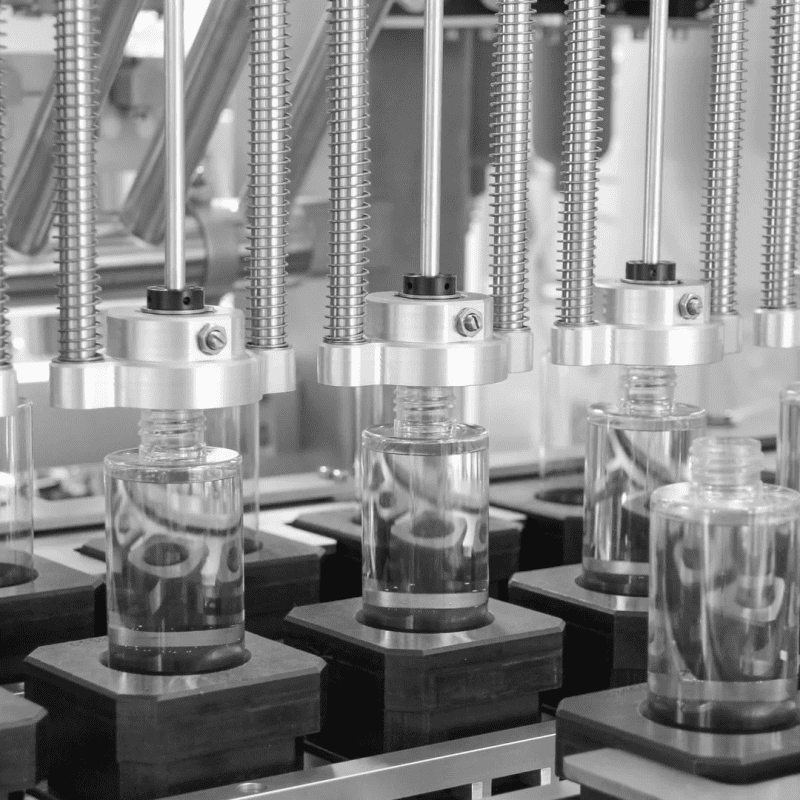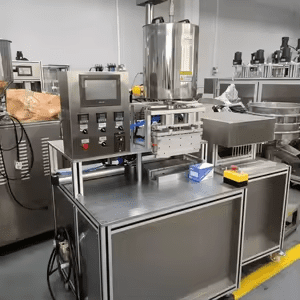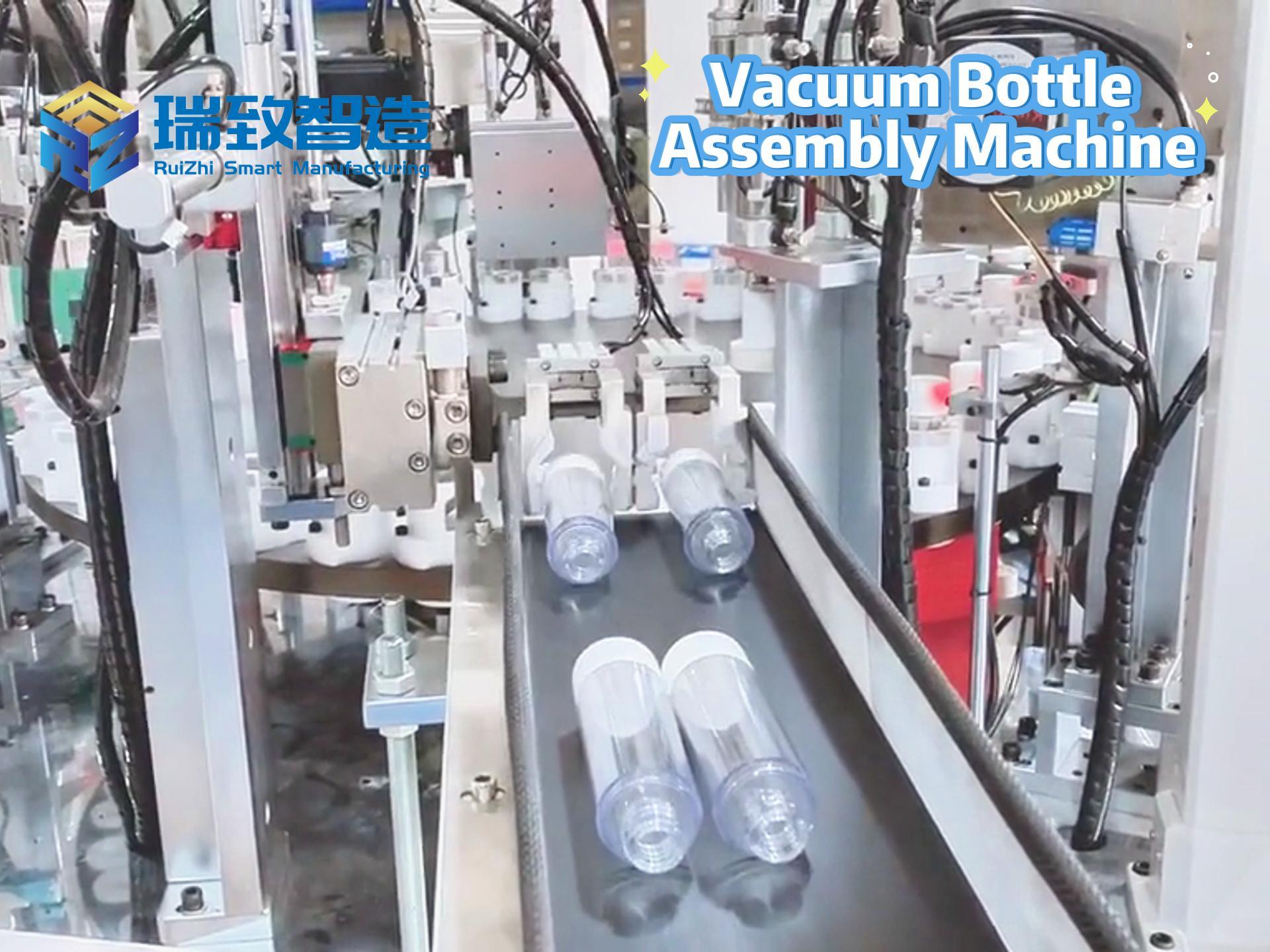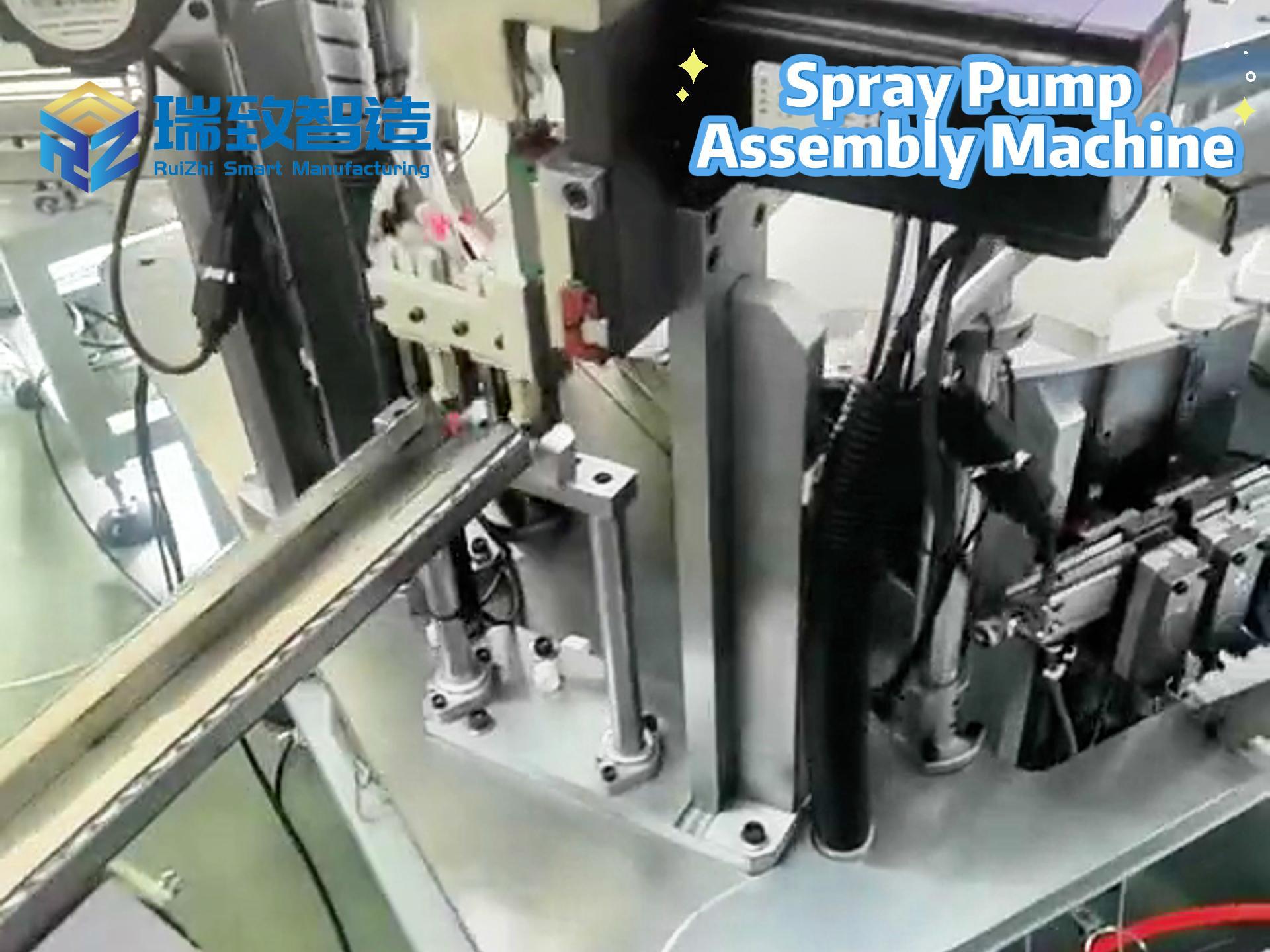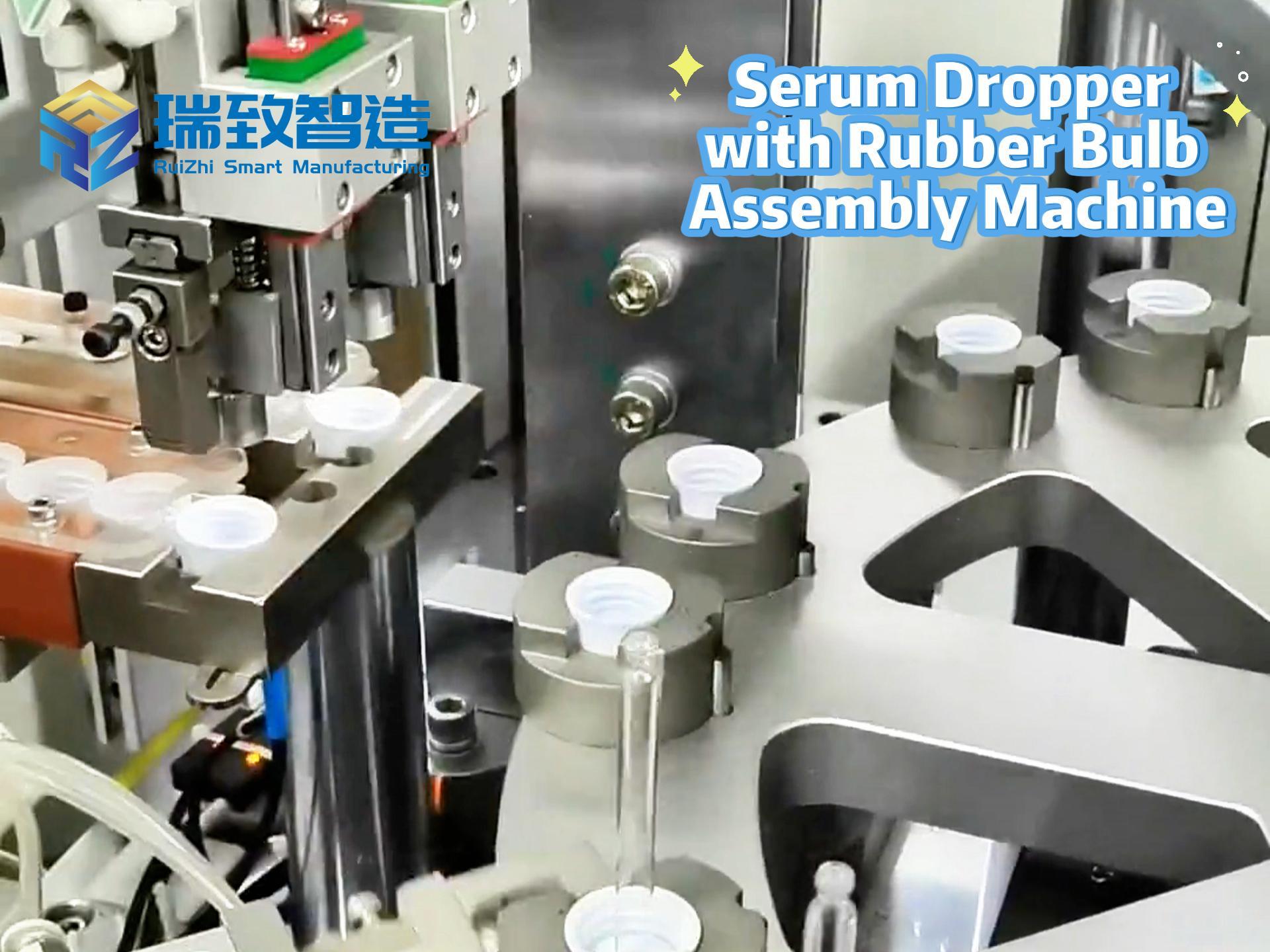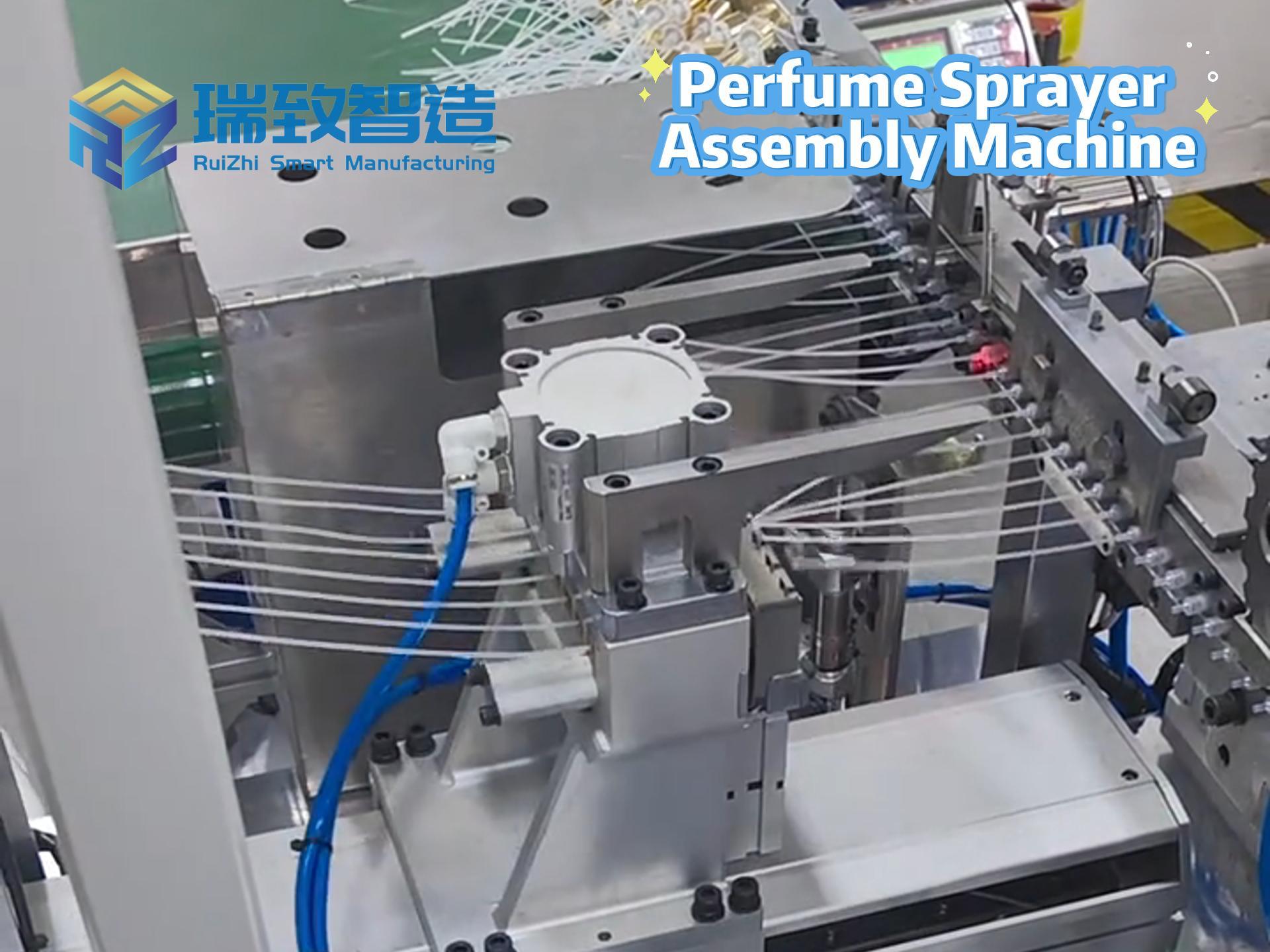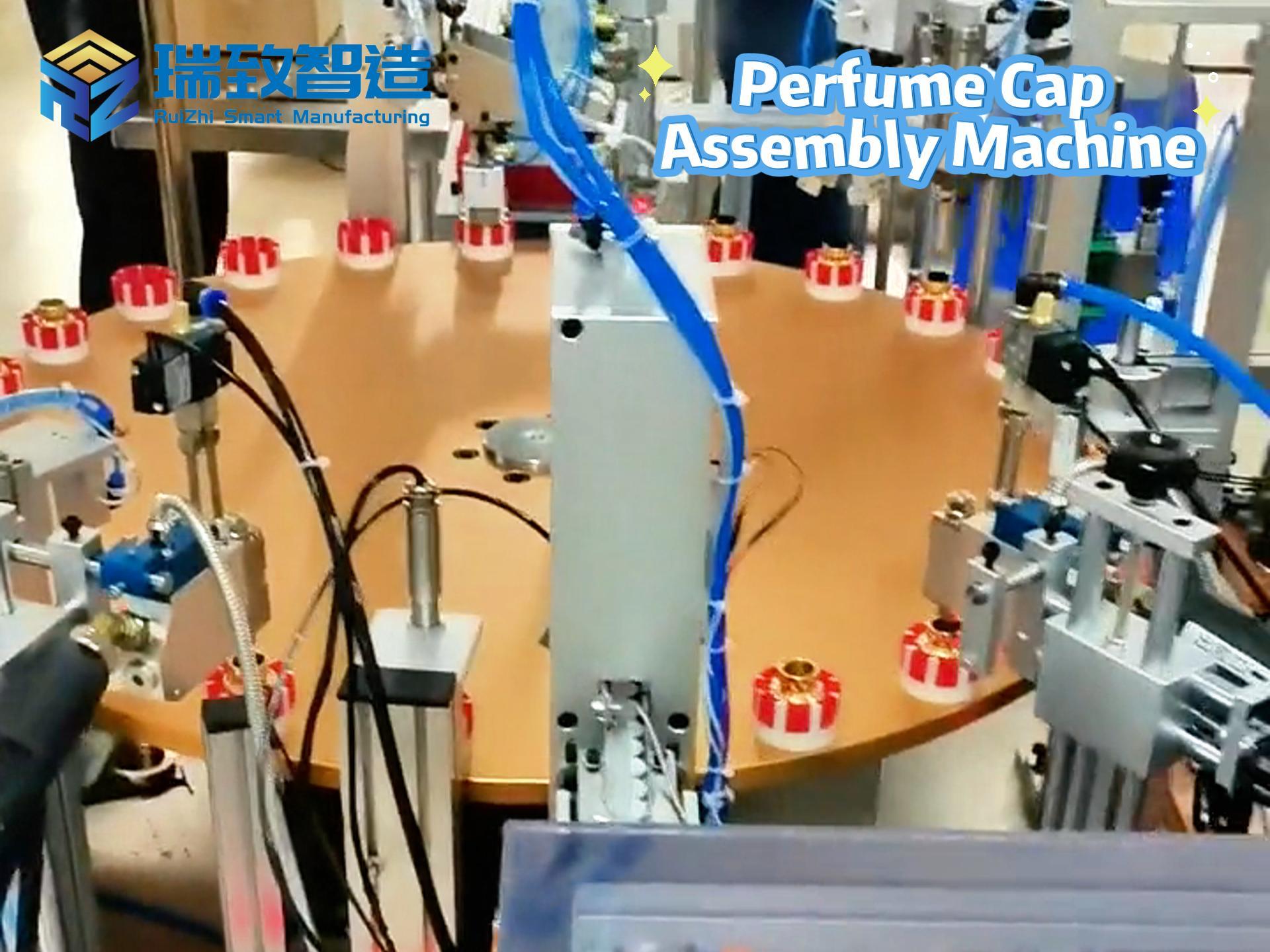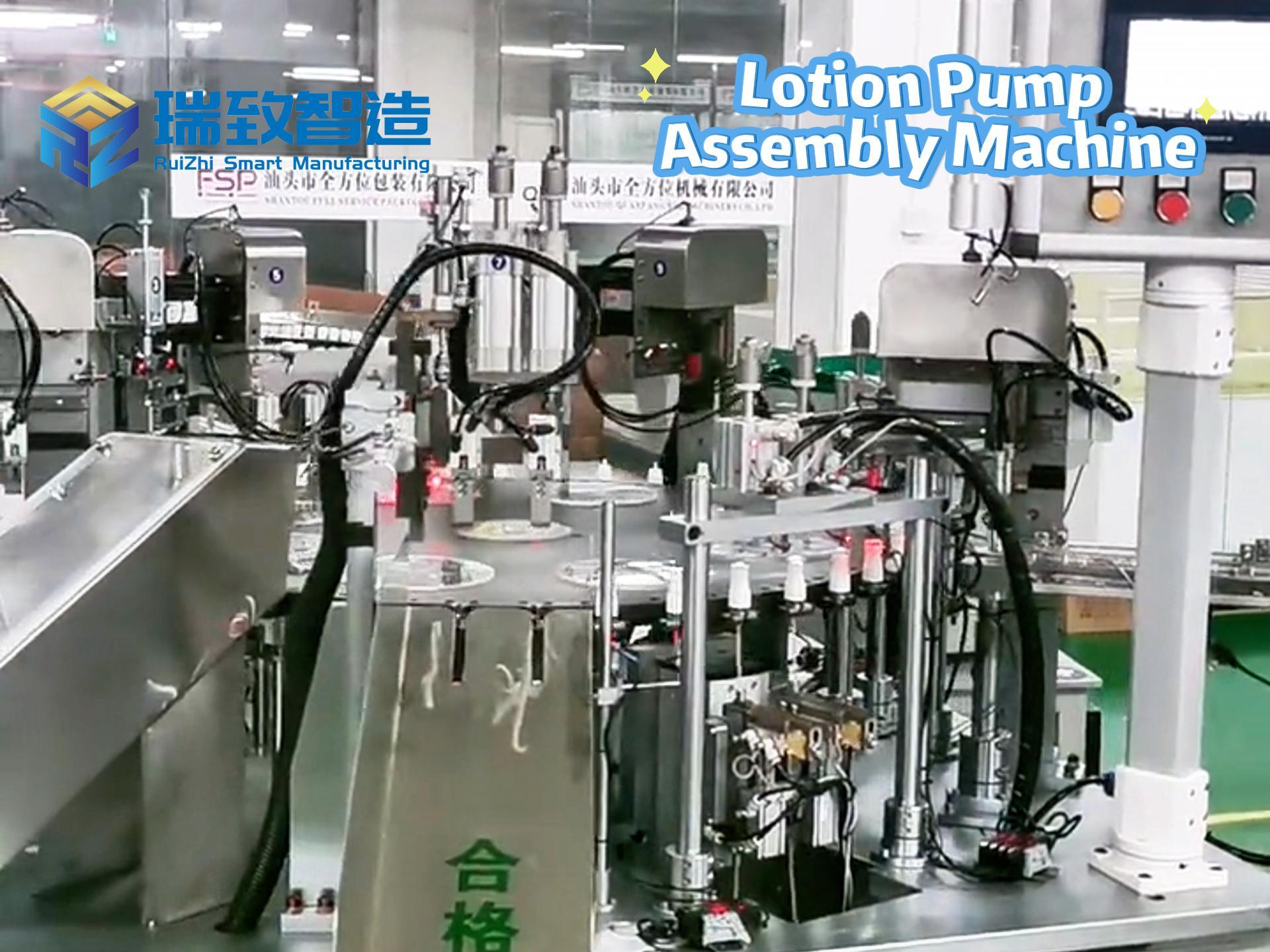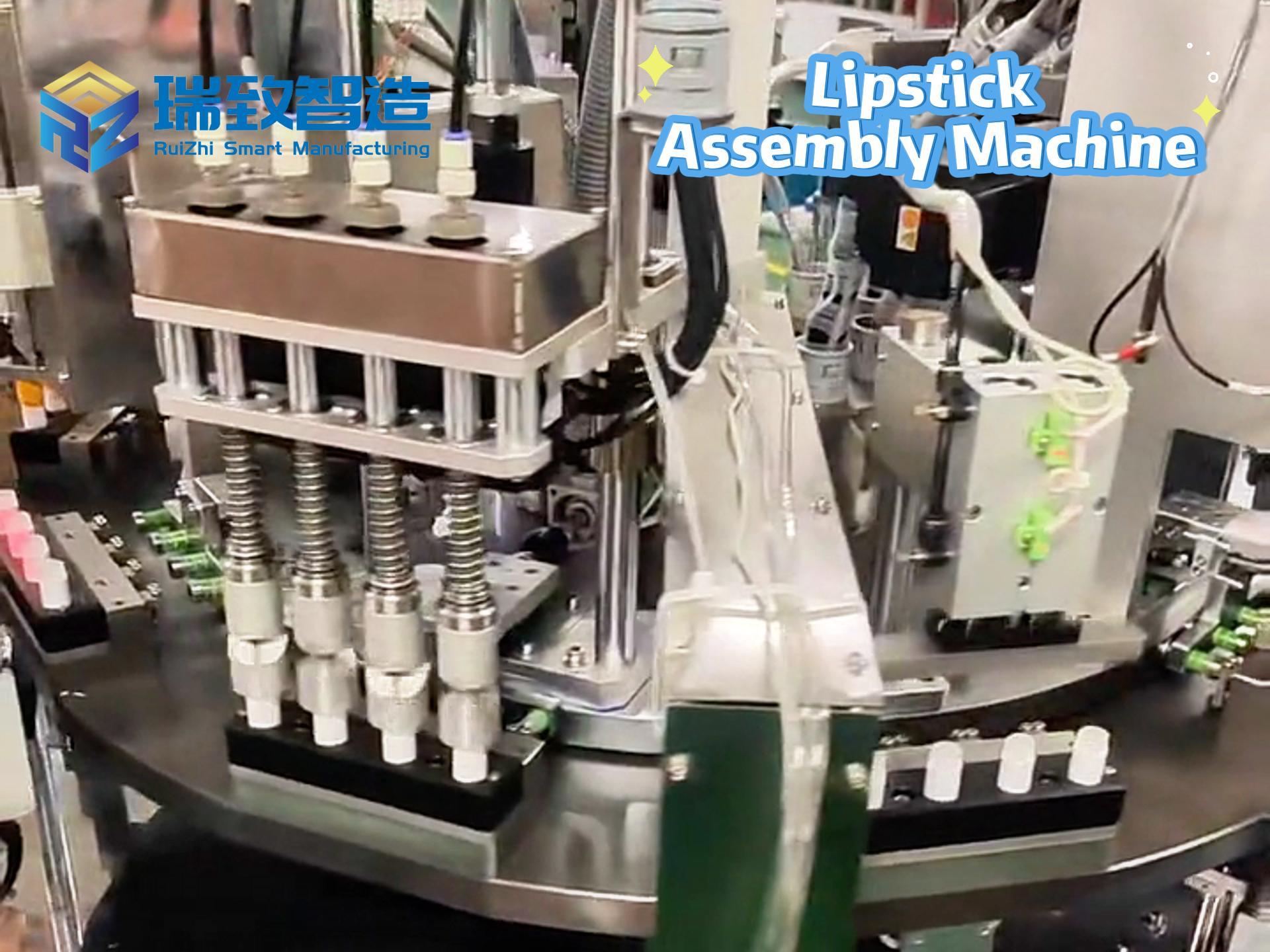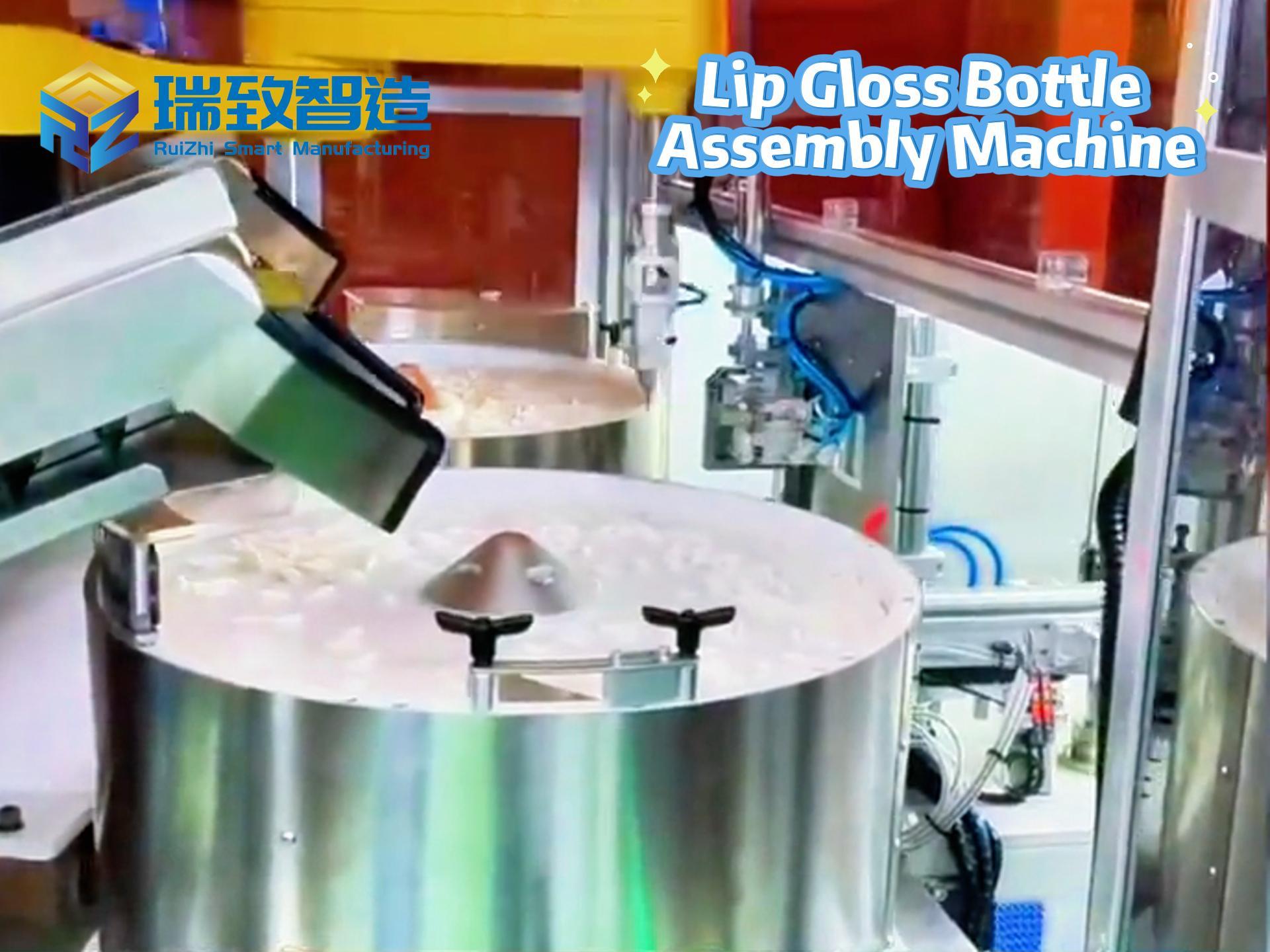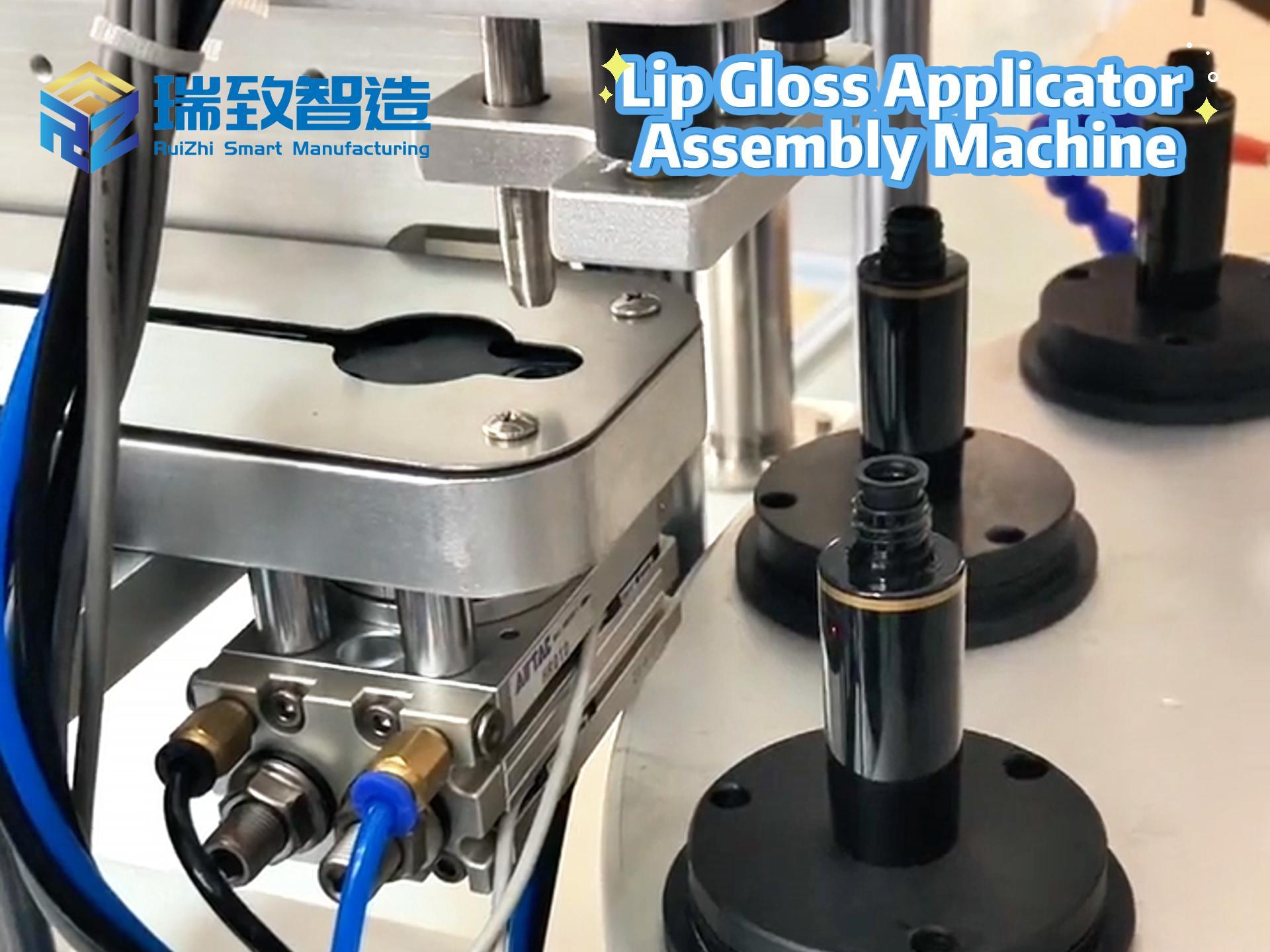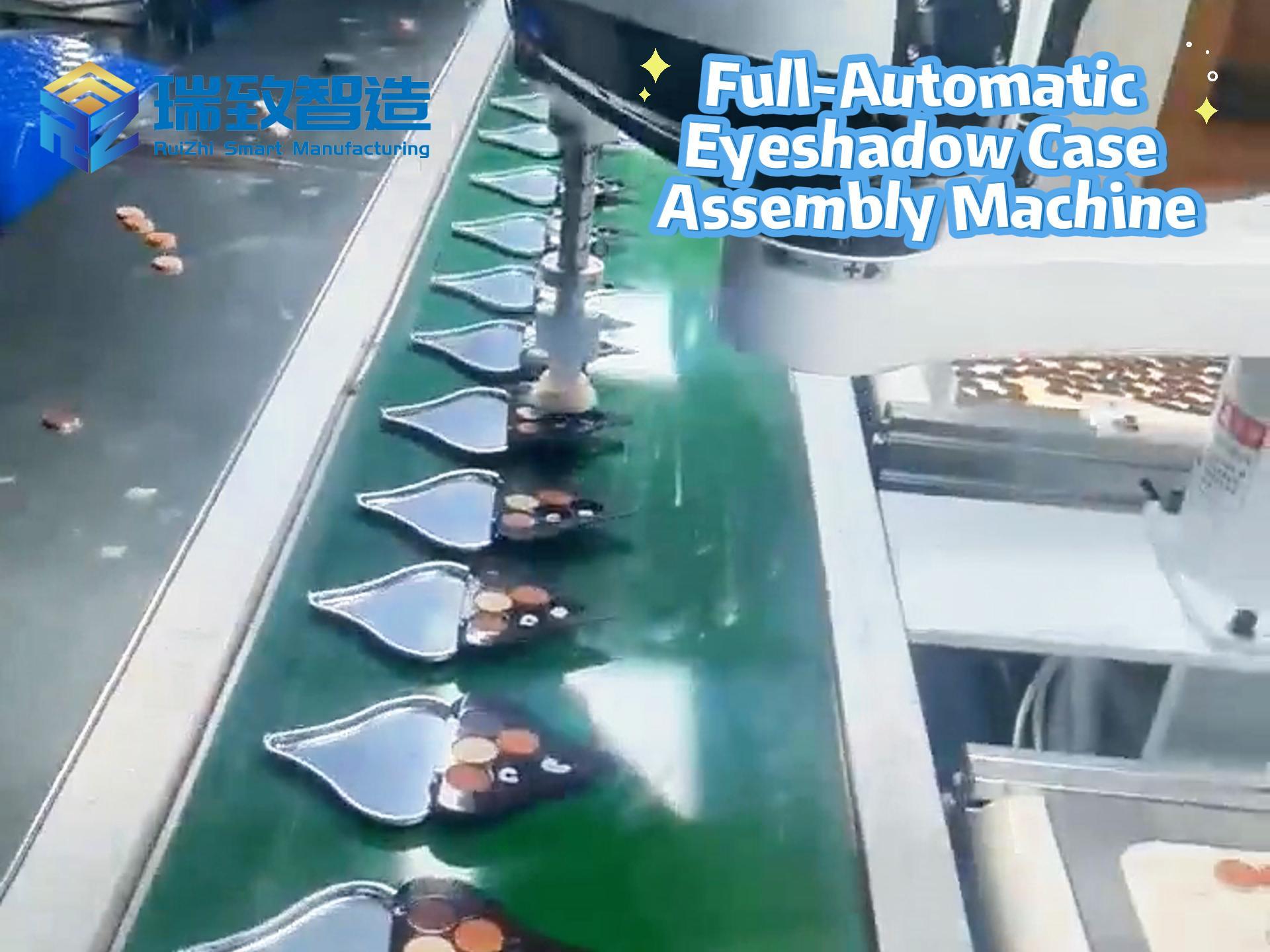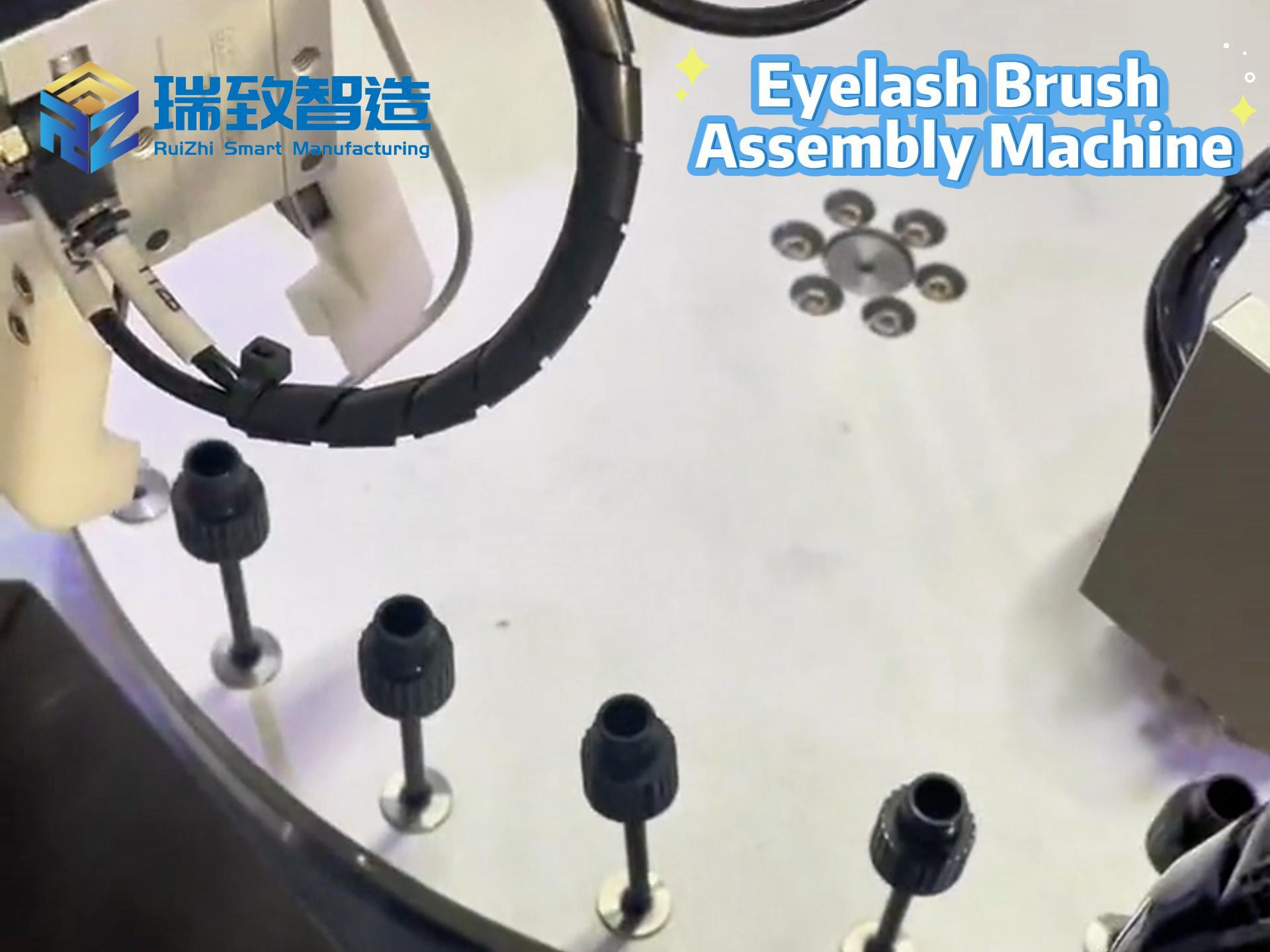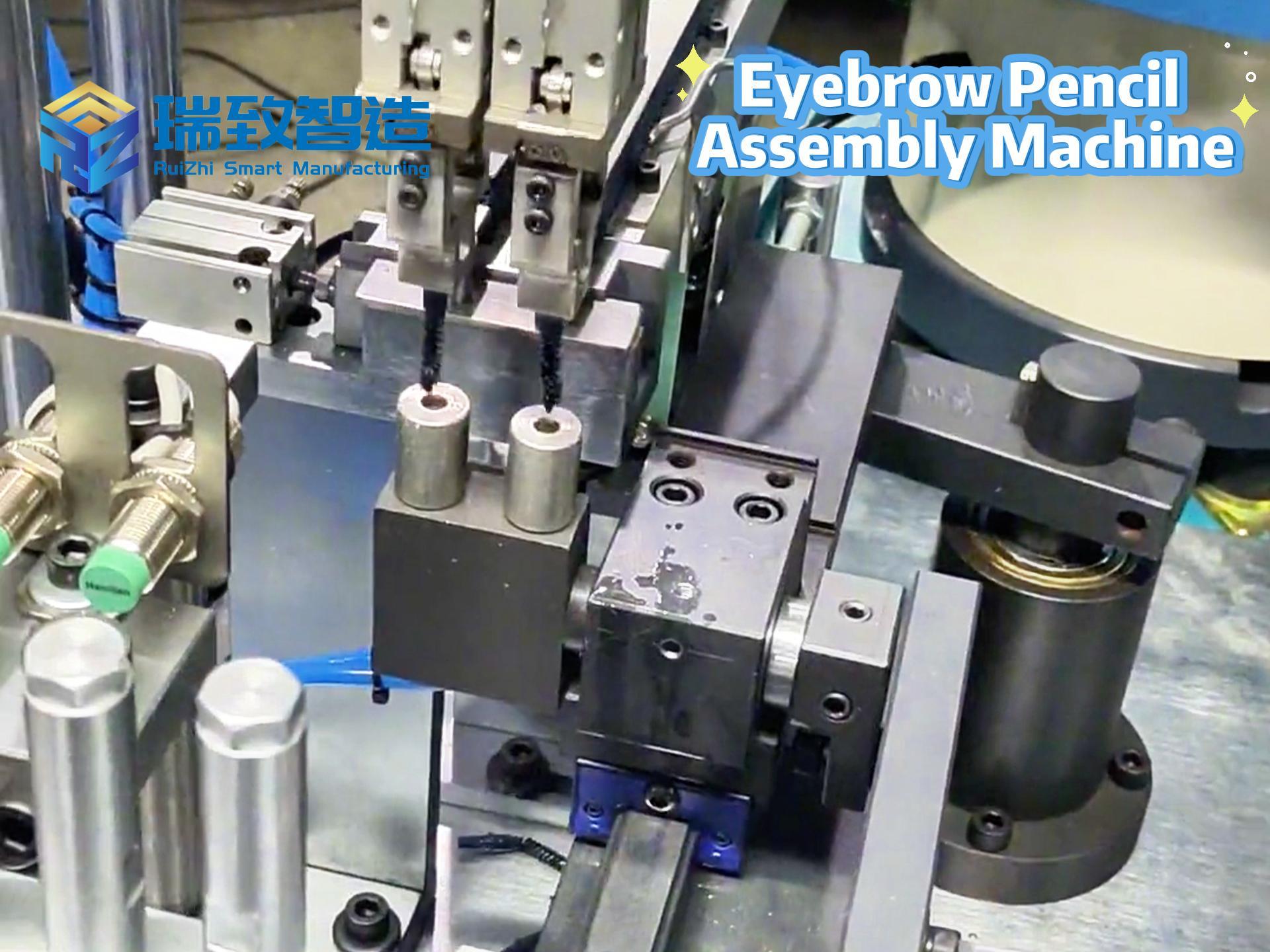
In the field of industrial manufacturing, a “millimeter-level error” may lead to efficiency losses across an entire production line, while “imperfections invisible to the naked eye” could trigger safety hazards in end products—ranging from pin deformation in electronic components and surface scratches on medical devices to dimensional deviations in automotive parts and misregistration in packaging printing. Traditional manual quality inspection is confronting dual challenges: an “efficiency bottleneck” and a “precision ceiling.” Manual inspection achieves an average efficiency of only 20-30 pieces per minute, and due to fatigue and experience gaps, the misjudgment rate is as high as 3%-5%, far failing to meet the quality requirements of “100% full inspection” and “zero defects” in smart manufacturing.
Against this backdrop, the 3540 Visual Inspection Machine, with its core capabilities of “ultra-high-definition imaging + AI intelligent algorithms + high-precision positioning,” has emerged as a key device to address the pain points of industrial quality inspection. As a fully automated visual inspection equipment specifically designed for small and medium-sized precision workpieces, it not only achieves inspection results of “millisecond-level response and micron-level precision” but also upgrades the quality inspection process from “post-fault remediation” to “pre-fault prevention” through a data-driven and intelligent control model. It provides a brand-new solution for quality control in industries such as electronics, automotive, medical, and packaging.
Core Technology Analysis: The “Precision Code” of the 3540 Visual Inspection Machine
The essence of visual inspection is to “equip machines with sharper ‘eyes’ and smarter ‘brains’.” Through the collaboration of four core technology modules, the 3540 Visual Inspection Machine builds a full-process inspection system covering “imaging – processing – positioning – decision-making,” ensuring that no imperfection goes undetected.
Ultra-High-Definition Optical Imaging System: Capturing “Micron-Level Details”
“Clear visibility” is the prerequisite for inspection. The 3540 Visual Inspection Machine is equipped with 4 sets of 2-megapixel industrial CMOS cameras (expandable to 6 sets), combined with a customized three-light-source configuration of “ring light + coaxial light + bar light.” It can adaptively adjust the lighting angle and intensity based on different workpiece materials (metal, plastic, glass) and inspection requirements (appearance, dimensions, defects), completely solving the problems of “reflection blind spots” and “shadow occlusion” associated with traditional single-light-source setups.
Resolution and Field of View: A single camera has a resolution of 1920×1080 pixels, and 4 cameras working together can achieve a maximum inspection field of view of 300mm×200mm, covering full-surface inspection of small and medium-sized workpieces such as mobile phone middle frames, PCB boards, automotive connectors, and syringe barrels.
Imaging Precision: Using sub-pixel image processing technology, it can identify tiny defects as small as 0.005mm (5 microns)—equivalent to 1/14 the diameter of a human hair—far exceeding the 0.1mm resolution limit of the human eye.
Dynamic Response: The camera frame rate reaches 60fps, enabling it to capture clear images of every moment even when workpieces pass through the inspection station at 80 pieces per minute, with no motion blur or missed shots.
AI Deep Learning Processing Unit: Endowing “Intelligent Judgment Capabilities”
“Understanding what is seen” is the core of inspection. The 3540 Visual Inspection Machine is equipped with an industrial-grade GPU processor (NVIDIA Jetson AGX series optional) and integrates a defect detection algorithm based on deep learning. Unlike traditional “template matching,” which can only detect pre-set defects, it can independently learn the characteristics of different types of defects (such as scratches, dents, color differences, dimensional deviations, and missing characters) through a process of “sample training – model iteration – real-time inference,” achieving an inspection accuracy of over 99.9%.
Defect Classification Capability: It can automatically identify and classify more than 10 types of common defects—such as “pin deformation” and “solder voids” in electronic components, and “surface scratches” and “blurred scales” in medical devices—mark the location, size, and type of defects, and generate visual inspection reports.
Self-Optimizing Algorithm: It supports an “online learning” function. When new types of defects appear on the production line, operators only need to upload 100-200 defect samples, and the algorithm can update the model within 30 minutes without the involvement of professional programmers, adapting to flexible production needs.
Anti-Interference Capability: Through multi-frame image fusion and noise filtering algorithms, it can effectively eliminate interference factors such as ambient light fluctuations and differences in workpiece surface texture. Even in complex lighting environments in workshops, the inspection stability remains above 99.5%.
High-Precision Motion Control and Positioning Module: Ensuring “Zero-Deviation Inspection”
“Accurate alignment” is the guarantee of inspection. The 3540 Visual Inspection Machine adopts an XY-axis mobile platform driven by a servo motor and dual-calibration technology of “visual positioning + mechanical positioning,” ensuring that the positional deviation of workpieces during inspection does not exceed ±0.003mm and avoiding inspection errors caused by workpiece offset.
Motion Precision: The platform has a repeat positioning accuracy of ±0.002mm and a maximum moving speed of 100mm/s. It can automatically adjust the inspection path according to workpiece size, balancing efficiency and precision.
Automatic Calibration Function: After startup, the equipment automatically performs “camera calibration” and “platform calibration,” correcting camera distortion and platform errors using a standard calibration plate (with a precision of ±0.001mm) without manual intervention.
Compatibility Design: It supports multiple workpiece conveying methods (belt conveying, tray conveying, robotic loading/unloading) and can adapt to workpieces of different shapes and sizes (minimum inspection workpiece size: 5mm×5mm, maximum: 300mm×200mm) by replacing customized fixtures, with a changeover time of only 10-15 minutes.
Intelligent Software Operation Platform: Enabling “Full-Process Controllability”
“Easy usability” is the key to inspection. The 3540 Visual Inspection Machine is equipped with a 15-inch touchscreen HMI interface and carries the independently developed VisualInspect 3.0 software system. The operation logic is simple and intuitive, allowing ordinary production line workers to operate independently after 1 hour of training.
Visual Programming: It supports “drag-and-drop” inspection process editing. Operators only need to select inspection items (such as “dimensional measurement,” “defect detection,” and “character recognition”) and set parameter thresholds without writing code.
Data Traceability and Analysis: It automatically stores inspection data for each workpiece (including defect images, dimensional data, inspection time, and operator information), supports queries by batch, time, and defect type, and generates quality statistical reports (such as PMP charts and defect rate trend charts). Data can be connected to MES/ERP systems to realize full-production-line quality traceability.
Remote Maintenance: It supports 4G/5G/Wi-Fi remote connection. Equipment manufacturers can monitor the operating status of the equipment in real time, diagnose faults, and push solutions, reducing on-site maintenance time (average fault repair time < 2 hours).
Core Advantages: Why the 3540 Visual Inspection Machine Becomes a “Quality Inspection Tool” for Production Lines?
Compared with traditional manual quality inspection and ordinary visual inspection equipment, the 3540 Visual Inspection Machine has significant advantages in four dimensions—efficiency, precision, cost, and compatibility—directly creating dual value in quality and efficiency for enterprises.
5-8 Times Efficiency Improvement: Breaking the “Full-Inspection Capacity Bottleneck”
Traditional manual inspection of precision workpieces (such as PCB boards and automotive connectors) achieves an efficiency of about 20-30 pieces per minute, and requires 2-3 workers to work in shifts to achieve 24-hour inspection. The 3540 Visual Inspection Machine can reach an inspection speed of 50-80 pieces per minute, supports 7×24-hour continuous operation, and a single device can inspect 72,000-115,000 pieces per day—equivalent to the workload of 5-8 manual inspectors.
Take a PCB board inspection in an electronics factory as an example: The factory produces 50,000 PCB boards per day. Previously, 6 inspectors were required to work in shifts for inspection, with a misjudgment rate of 2.5%, resulting in a daily rework cost of about 3,000 yuan due to misjudgment. After introducing the 3540 Visual Inspection Machine, only 1 device + 1 operator is needed. The inspection efficiency is increased to 60 pieces per minute, the misjudgment rate is reduced to 0.1%, the daily rework cost is reduced by 2,850 yuan, and the annual cost savings exceed 1 million yuan.
Micron-Level Precision: Meeting “High-Standard Quality Requirements”
In industries with strict quality requirements such as automotive electronics and medical devices, “micron-level deviations” may directly lead to product failure—for example, a pin pitch deviation of more than 0.05mm in an automotive connector will cause poor contact, and a scratch depth of more than 0.01mm on the outer wall of a syringe barrel will pose a risk of drug contamination. The 3540 Visual Inspection Machine has an inspection precision of ±0.003mm and can identify defects as small as 0.005mm, fully meeting international quality standards such as ISO, FDA, and IATF16949, and helping enterprises avoid quality compliance risks.
When a medical device enterprise produces disposable syringes, it needs to inspect three indicators of the syringe barrel: “outer wall scratches,” “scale clarity,” and “needle hub perpendicularity.” Previously, manual inspection could not identify scratches smaller than 0.01mm, resulting in a customer complaint rate of 1.2%. After introducing the 3540 Visual Inspection Machine, it can accurately identify tiny scratches of 0.005mm, the customer complaint rate is reduced to 0.05%, and the product qualification rate is increased from 98.8% to 99.95%.
30% Reduction in Comprehensive Costs: Achieving “Cost Reduction and Efficiency Improvement”
The 3540 Visual Inspection Machine helps enterprises reduce comprehensive quality inspection costs through three paths: “reducing labor,” “lowering defect rates,” and “saving consumables.”
Labor Costs: A single device replaces 5-8 inspectors. Based on an average monthly salary of 6,000 yuan per person, the annual labor cost savings range from 360,000 to 576,000 yuan.
Defect Costs: The misjudgment rate is reduced from 3%-5% to less than 0.1%, reducing “rework due to missed inspections” and “scrapping due to misjudgment.” For an automotive parts factory, for example, annual defect costs can be reduced by 800,000 to 1.2 million yuan.
Consumable Costs: It eliminates the need for consumables such as magnifying glasses, calipers, and inspection test papers required for manual inspection, saving 20,000 to 50,000 yuan in annual consumable costs.

Flexible Adaptation to Multiple Scenarios: Addressing “Small-Batch, Multi-Variety” Production
The current manufacturing industry is shifting from “large-scale mass production” to “flexible customization,” requiring frequent workpiece type changes on production lines. Traditional dedicated inspection equipment has long changeover times (1-2 hours) and poor compatibility, making it difficult to adapt. The 3540 Visual Inspection Machine supports “fast changeover + multi-category inspection” and meets flexible production needs through the following designs:
Universal Fixtures: Adopting a modular fixture design, replacing fixtures for different workpieces takes only 5-10 minutes.
Algorithm Reusability: Trained defect detection models can be stored in the system and directly called when switching to similar workpieces, eliminating the need for retraining.
Customizable Inspection Items: It supports simultaneous inspection of multi-dimensional indicators such as “appearance defects + dimensional measurement + character recognition” without adding additional hardware modules, adapting to the needs of multiple industries including electronics, automotive, medical, and packaging.
Typical Industry Applications: “Practical Scenarios” of the 3540 Visual Inspection Machine
With its strong adaptability and precision, the 3540 Visual Inspection Machine has been applied in multiple segmented industries, becoming a “standard equipment” for enterprise quality control.
Electronics Industry: Inspection of PCB Boards and Semiconductor Components
In PCB board production, the 3540 Visual Inspection Machine mainly detects defects such as “pad offset,” “pin deformation,” “circuit short circuit/open circuit,” and “solder mask bubbles” with an inspection precision of 0.005mm, covering different types of products such as mobile phone PCBs, automotive PCBs, and industrial control PCBs. After introducing the 3540, a mobile phone motherboard manufacturer reduced the PCB defect rate from 1.8% to 0.2%, saving more than 600,000 yuan in annual scrapping costs.
In the inspection of semiconductor components (such as chip packaging and diodes), the equipment can identify tiny defects such as “packaging colloid cracks,” “pin oxidation,” and “blurred markings” at an inspection speed of 70 pieces per minute, meeting the “high capacity + high precision” inspection needs of the semiconductor industry.
Automotive Industry: Inspection of Precision Components
The dimensional precision of automotive components (such as connectors, sensors, and bearings) directly affects the performance of the entire vehicle. The 3540 Visual Inspection Machine can detect indicators such as “connector pin pitch,” “sensor housing scratches,” and “bearing inner/outer diameter dimensions” with a repeat precision of ±0.002mm, complying with the IATF16949 automotive industry quality standard. After using the 3540, an automotive connector manufacturer increased inspection efficiency by 6 times and reduced the customer return rate from 0.8% to 0.03%.
Medical Device Industry: Appearance Inspection of Sterile Products
Medical devices (such as syringes, infusion sets, and surgical blades) have zero tolerance for appearance defects. The 3540 Visual Inspection Machine adopts a “sterile-grade optical system” (resistant to alcohol disinfection) to detect defects such as “syringe barrel scratches,” “infusion set tube bubbles,” and “surgical blade nicks.” The inspection process is non-contact and pollution-free, complying with FDA 21 CFR Part 11 compliance requirements. After introduction by a medical device enterprise, labor costs were reduced by 70%, and the product qualification rate remained stable above 99.98%.
Packaging Industry: Inspection of Printing Quality and Seal Integrity
In packaging printing (such as food packaging and pharmaceutical packaging), the 3540 Visual Inspection Machine can detect defects such as “color registration deviation,” “missing text,” “blurred patterns,” and “seal edge bubbles.” It supports the inspection of packaging films/boxes with a maximum size of 300mm×200mm at an inspection speed of 80 pieces per minute. After using the equipment, a food packaging factory reduced the packaging printing defect rate from 2.3% to 0.1%, avoiding the risk of food spoilage caused by packaging issues.
Future Trends: “Intelligent Upgrade Direction” of the 3540 Visual Inspection Machine
With the in-depth advancement of Industry 4.0 and smart manufacturing, the 3540 Visual Inspection Machine will be upgraded toward “greater intelligence, higher integration, and greener operation,” further expanding the boundaries of quality inspection.
From “2D Inspection” to “3D Full-Dimensional Inspection”
Currently, the 3540 mainly focuses on 2D planar inspection. In the future, it will integrate a 3D structured light imaging module to realize the inspection of “height differences,” “volume,” and “curved surface defects” of workpieces (such as the dent depth of plastic parts and the flatness of metal parts). The inspection dimension will expand from “planar” to “three-dimensional,” adapting to more complex workpiece inspection needs (such as automotive engine components and aerospace precision parts).
In-Depth Integration with Industrial Internet to Realize “Predictive Quality Inspection”
By connecting to the factory MES/IIoT system, the 3540 Visual Inspection Machine will upload inspection data in real time. Combined with AI algorithms, it will analyze “defect rate trends” and “defect type distribution” to early warn of potential production line problems (for example, a sudden surge in dimensional deviations in a batch of workpieces may be caused by mold wear), realizing the upgrade of quality control from “post-inspection” to “pre-prevention.”
Miniaturization and Modular Design to Adapt to “Compact Production Lines”
For “small-space production lines” such as consumer electronics and micro-medical devices, a miniaturized version of the 3540 will be launched in the future, reducing the equipment footprint from the current 1.5㎡ to 0.8㎡. At the same time, a modular design will be adopted—optical modules, processing modules, and motion modules can be disassembled independently, facilitating flexible deployment in production lines and even integration into manipulators or assembly lines to realize “in-situ inspection.”
Conclusion: The 3540 Visual Inspection Machine—The “Quality Gatekeeper” of Smart Manufacturing
In the industrial era where “quality is the lifeline,” the 3540 Visual Inspection Machine is not just an inspection device, but a core tool for enterprises to achieve “zero-defect production,” “data-driven control,” and “flexible manufacturing.” By addressing the efficiency and precision bottlenecks of manual quality inspection, it helps enterprises reduce costs, improve efficiency, and avoid compliance risks; by adapting to multi-industry scenarios, it supports the transformation of the manufacturing industry from “scale dividends” to “quality dividends.”


